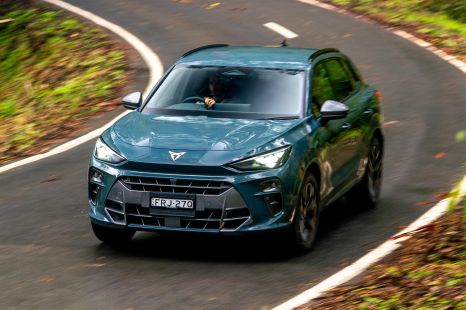

Matt Campbell
2026 Cupra Terramar review
2 Hours Ago
Guest User
My dashboardIt's only a prototype, but I'm not sure there's anything left to do on the i20 N. Wait until you drive it.
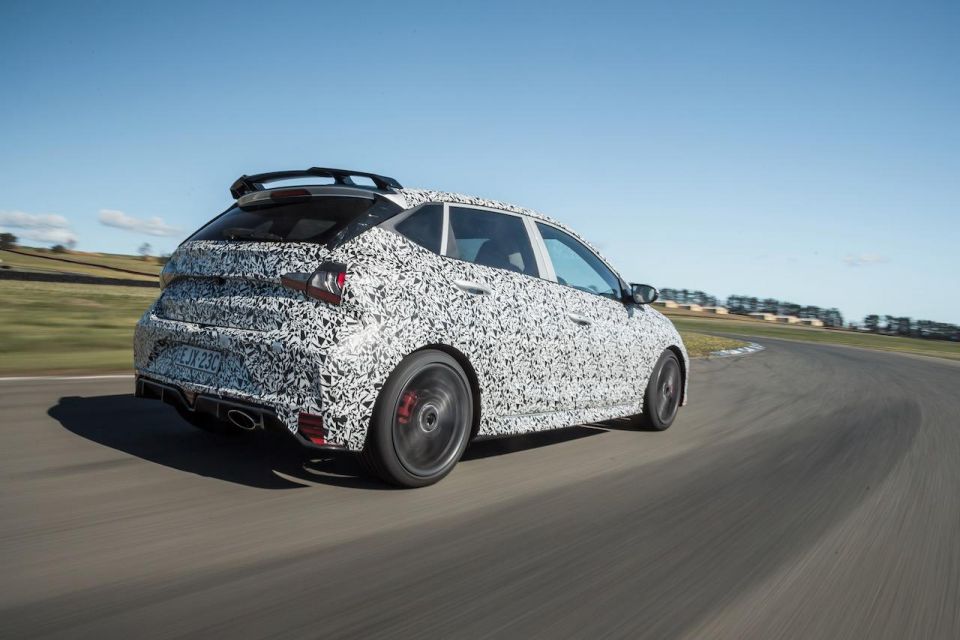
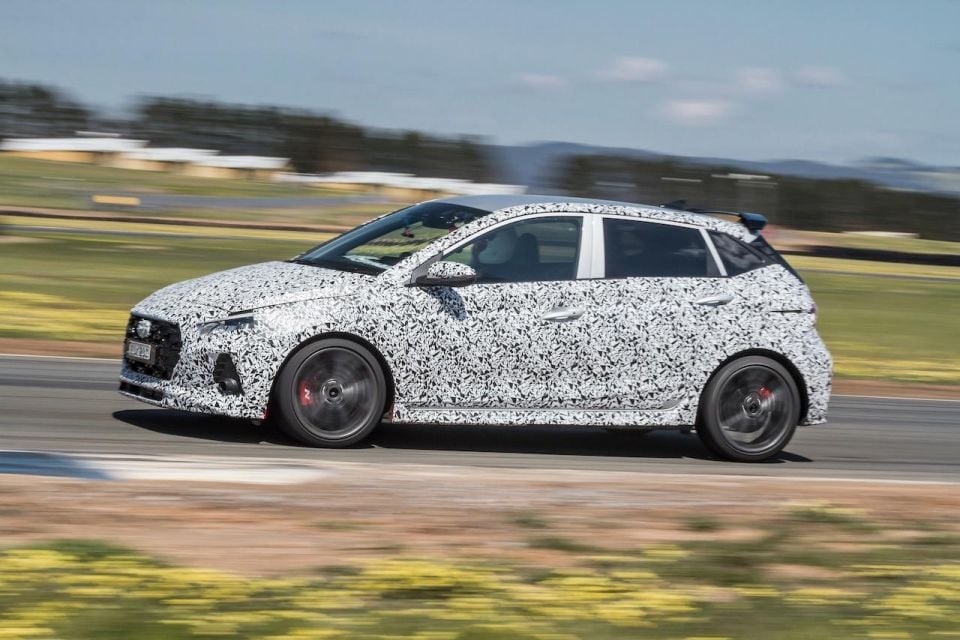

Senior Road Tester

Senior Road Tester


Senior Road Tester

Senior Road Tester
Where expert car reviews meet expert car buying – CarExpert gives you trusted advice, personalised service and real savings on your next new car.
It’s a rare treat to get behind the wheel of any prototype, let alone a performance hatch from Hyundai’s well-oiled N division, led by Albert Biermann.
For those unfamiliar, Biermann spent 30 years at BMW, the bulk of those developing some of the best M cars ever made.
Then he ended up at Hyundai, where he kicked off a similar program around five years ago and came up with his first creation – the i30 N, which took everyone by surprise. Well, those who didn’t know Biermann, at least.
The chance to get behind the wheel of one prototype hot hatch is rare, getting to drive two is unheard of, but that’s exactly what happened last week.

After putting down laps down in the latest version of Hyundai’s full-strength hot hatch, the i30 N, and its new dual-clutch transmission we hopped behind the wheel of the next full-strength N model heading for our shores.
The i20 N is a proper go-fast version of the European i20 hatchback. We won’t get the regular models, but the high-performance N is already confirmed for an Australian touchdown in the first half of 2021 – and it packs plenty of firepower beyond the powertrain itself.

Like the i30 N before it, the i20 N will need to punch above its weight if it’s to go head-to-head with proven corner carvers like the Ford Fiesta ST and its 147kW, 290Nm three-pot engine.
There’s also the Volkswagen Polo GTI packing 147kW and 320Nm, as well as the incoming Toyota GR Yaris – a tiny package that should pack a mighty wallop with 200kW and 370Nm to all four wheels.
The i20 N chassis had been retuned and reinforced for extra rigidity and more predictable handling characteristics over the standard car.
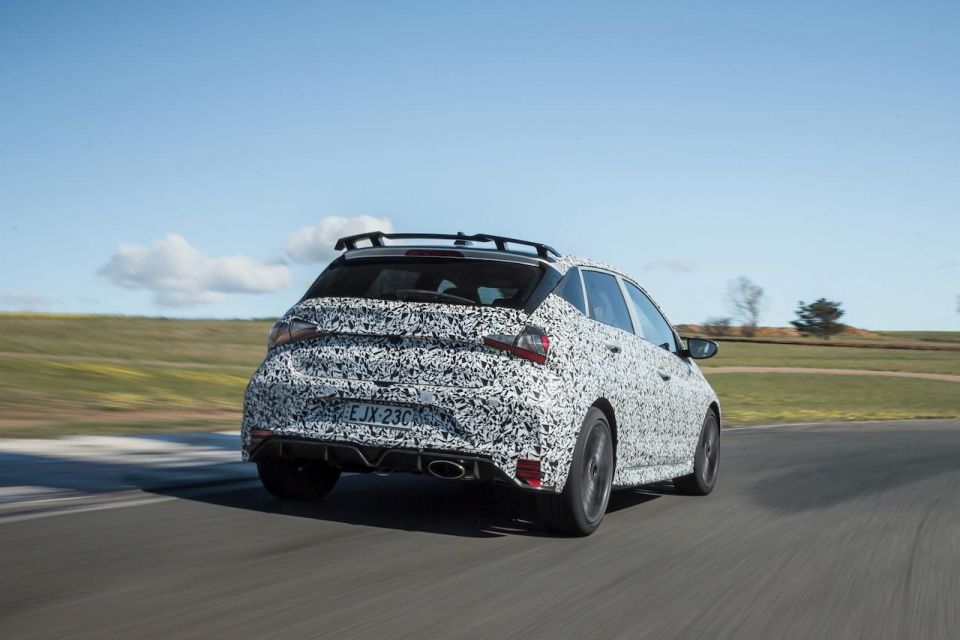
The suspension system gets new knuckles, springs, and dampers but the hardware consists of MacPherson Struts up front and a torsion beam down back.
The brakes have been beefed up, with a 40mm increase in the size of the front rotors to 320mm (262mm rear), while the motor-driven power steering is tuned to deliver on-centre stability at speed as well as low-speed responsiveness.
Oh, and there’s a mechanical limited-slip differential – as opposed the electronic LSD in the i30 N – to get the power down as you drive out of corners. It all works brilliantly. Oops, I’m getting ahead of myself.

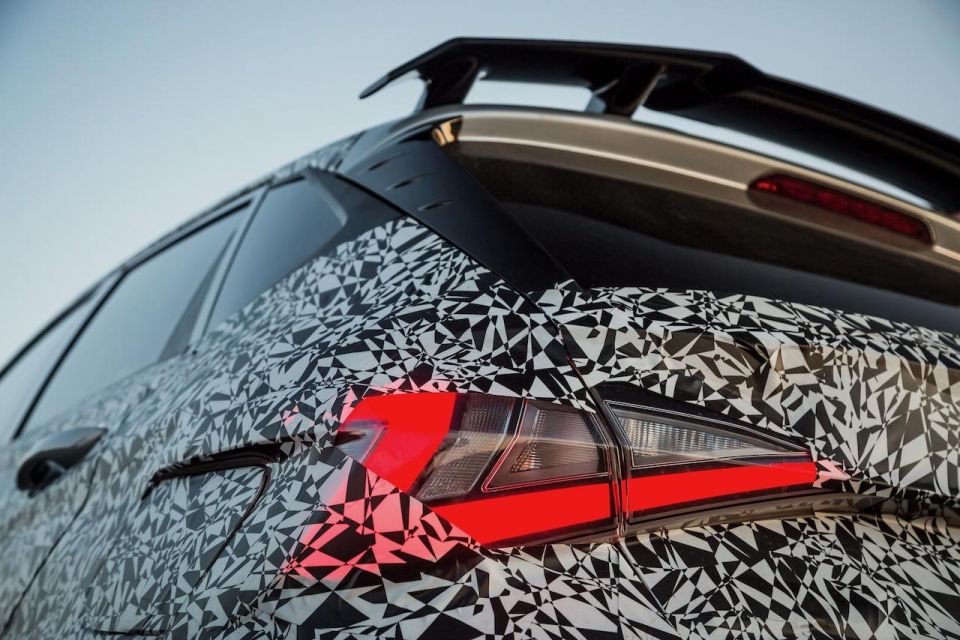
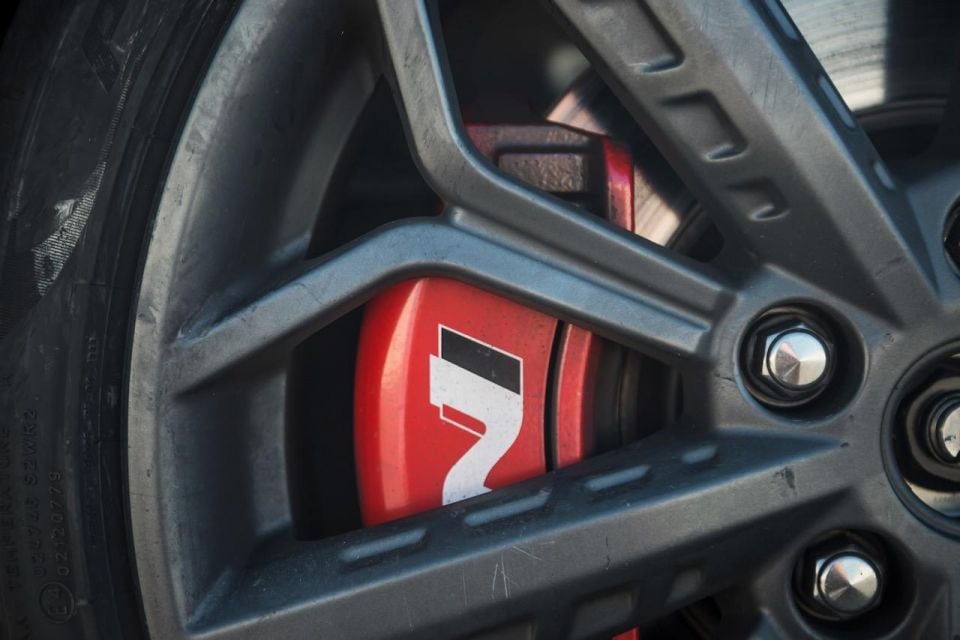
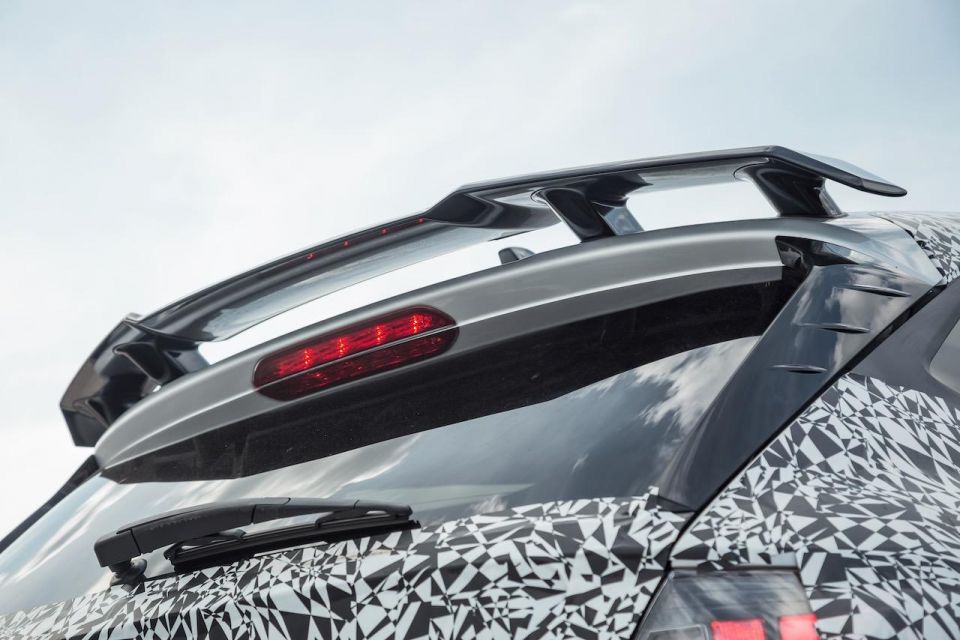
Under the bonnet is new-generation 1.6-litre turbo petrol engine making 150kW of power and 275Nm of torque driving the front wheels through a six-speed manual transmission, which gets a beefed-up clutch to handle the higher loads and launch control.
The engine itself features a turbocharger with intercooler, as well as a bespoke water pump for the i20 N which claims to improve engine response and provide a more efficient mixture preparation.
Despite the full camouflage wrap that covered 90 per cent of the car, there were enough gaps to reveal all the bits that transform this car into an N car – bits like the 18-inch bespoke lightweight alloy wheels that barely hide the red brake calipers, and the Pirelli P-Zero tyres using a bespoke compound.

No one will miss the roof-mounted rear spoiler with its aerodynamic shape and LED stop lights, or the low-set front bumper with large intakes and N logo.
The rear bumper with a built-in diffuser and single oval exhaust tip is also noticeably aggressive, and there’s a single triangular fog light matching the type found on the i30 N and N Fastback.
You can’t see the character lines, but the profile is tough with plenty of sharp creases, distinctive LED light signatures, and steeply tapered waistline rising front to back.
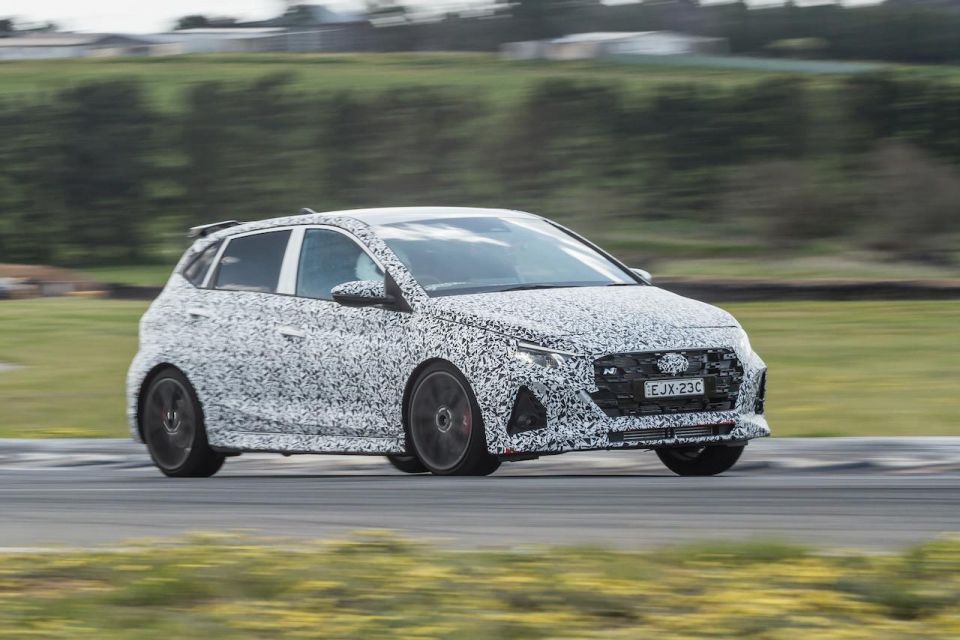
The deep side skirts have all the signs of a tuner shop, and take a look at those side mirrors. They’re proper performance kit with a low profile and longer arms than you might expect.
That’s 100 per cent Biermann and his need to give this car some big-boy street cred beyond what’s under the skin. No question, the i20 N looks the business.
It’s the same story inside, with heavily bolstered front seats and Performance Blue stitching, sports pedals, and a meaty steering wheel that not only adds N buttons, but gets a bright red button for instant rev matching. That said, if you’d rather to the pedal work manually, just turn the rev-matching function off via that same red button.
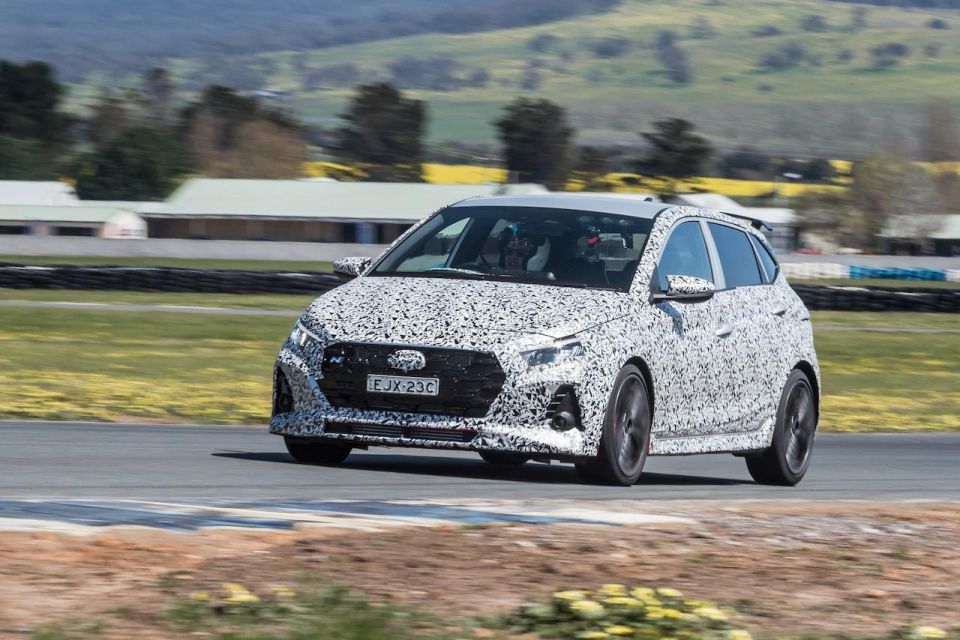
The full-size digital instrument cluster is standard as is the large infotainment display that looks similar in size to that in the i30 N we tested on the same day.
There’s launch control and a similar drive mode selection menu to the i30 N including drive modes like Normal, Eco, Sport, N and N Custom, all of which customise settings for engine response, stability control, the engine note, steering weight, and rev matching.
Either way, it was time to climb aboard and get stuck into the i20 N prototype. Either way, I’d had enough laps in the i30 N DCT to be ready to push with real conviction despite my first-timer status at this circuit.
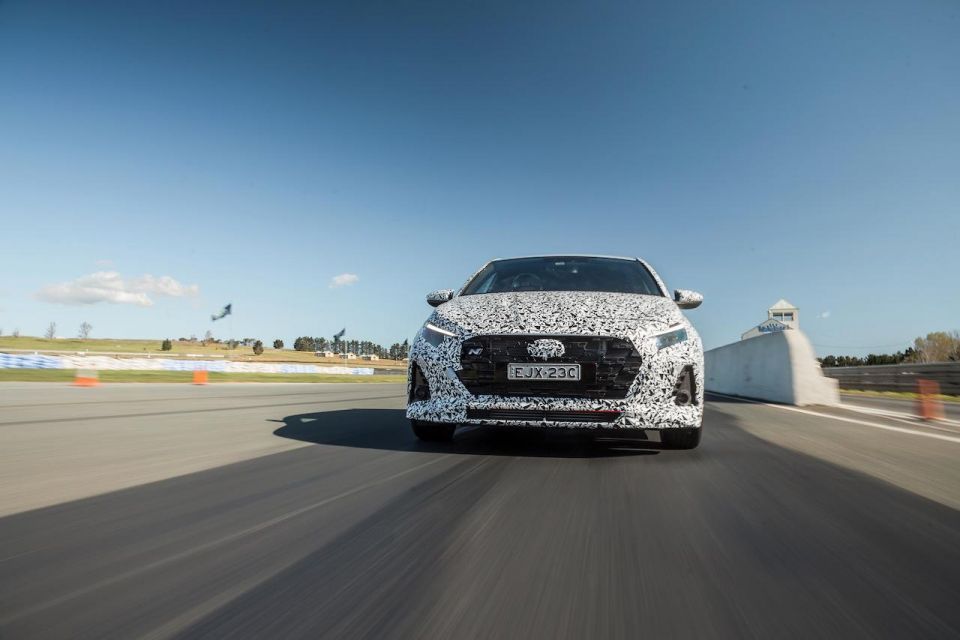
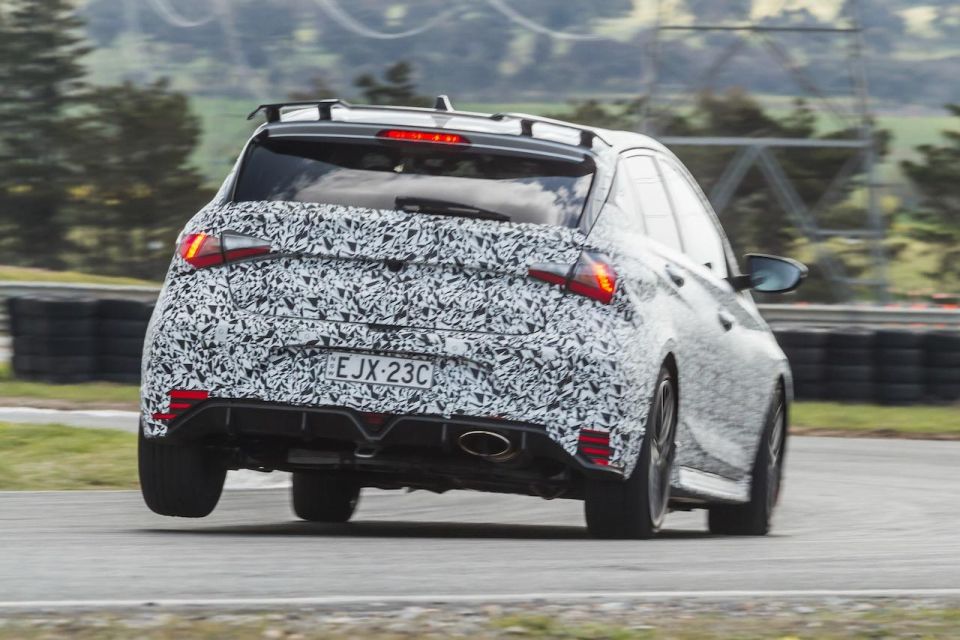

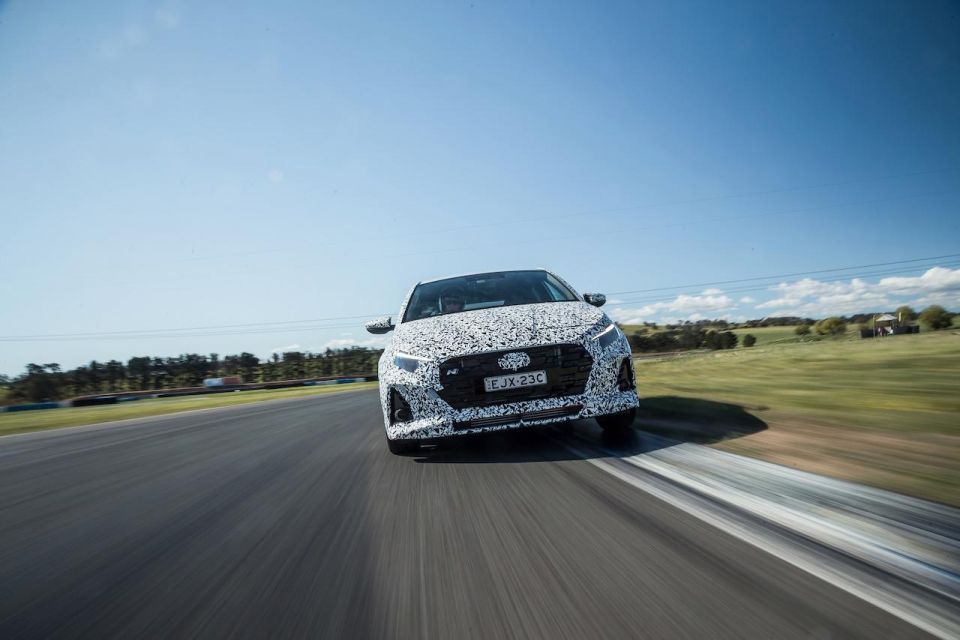
The moment you hit the start button, the deeper-than-usual burble telegraphs its true performance pedigree. Honestly, it sounds track ready just sitting at idle. There’s nothing run-of-the-mill about this i20. Nothing at all. It’s a good start.
I’ve gone straight to N Custom because there’s still a bug or two in the system that won’t allow access to the N mode. I’ve also hit the rev-match button from the get-go because if its anything like the i30 N, it’s better than me on my best day.
Obviously, back-to-back comparisons with above listed rivals will be unavoidable when the series production versions drop in 2021, but my immediate reaction is that there’s plenty of grunt and the gear ratios seem well placed, at least for this track.
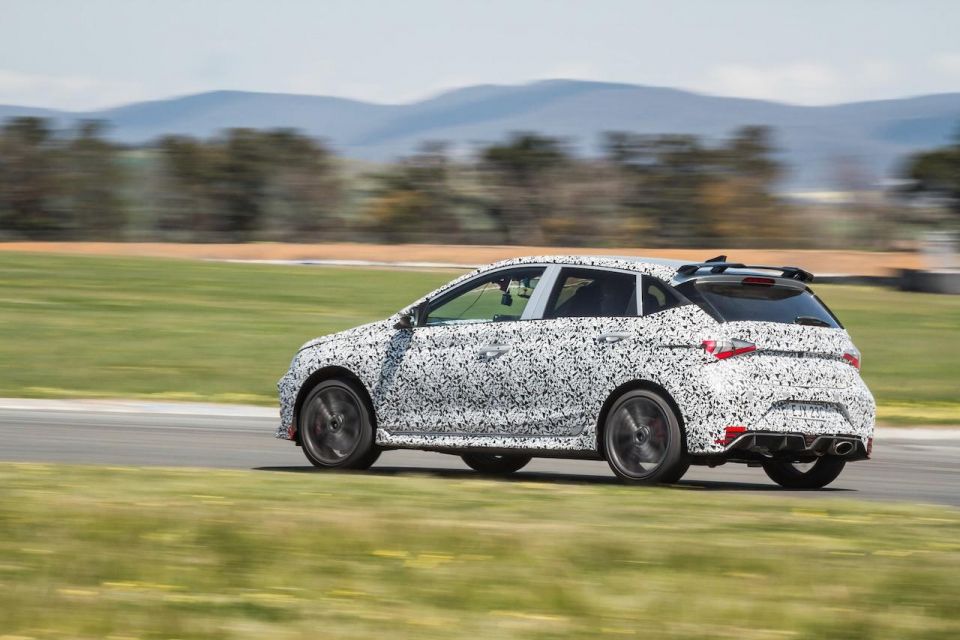
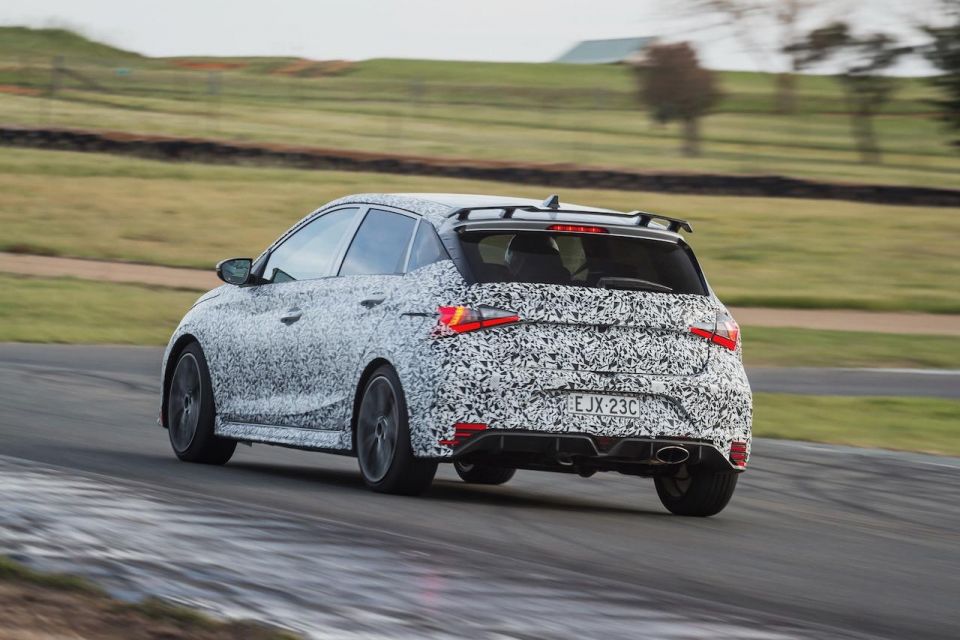
It’s pleasantly strong in the mid-range, too. In fact, there’s no lag to speak of with good throttle response – even with small mid-corner adjustments.
It doesn’t take long before you realise the i20 N can carry good speed into tighter corners with simply superb levels of grip and communication through the steering wheel.
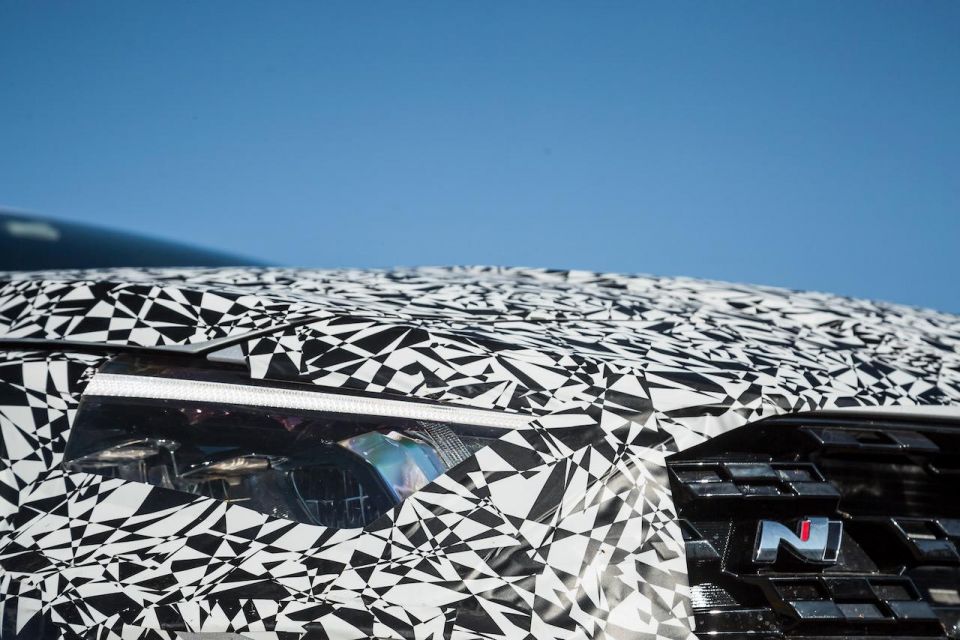

Turn-in is sharp and loaded with front-end grip. I think this is more fun than its big brother. And that’s before I get anywhere near the car’s braking limits, which are truly sensational.
In the i30 N DCT I’m hitting the middle pedal at the 50m mark coming into turn 10, in the i20 N I’ve got that down to 30 metres and even that feels too early. And just like the i30 N, the brakes aren’t even badged Brembo – just in-house bits that do an astonishingly good job.
The grip from these special Pirellis is quite incredible for relatively narrow 215mm tyres. As each lap passes I find myself adjusting for more speed through the corners. Pity they weren’t timing these laps because it just keeps going quicker despite the non-stop abuse this car has suffered most of the day.
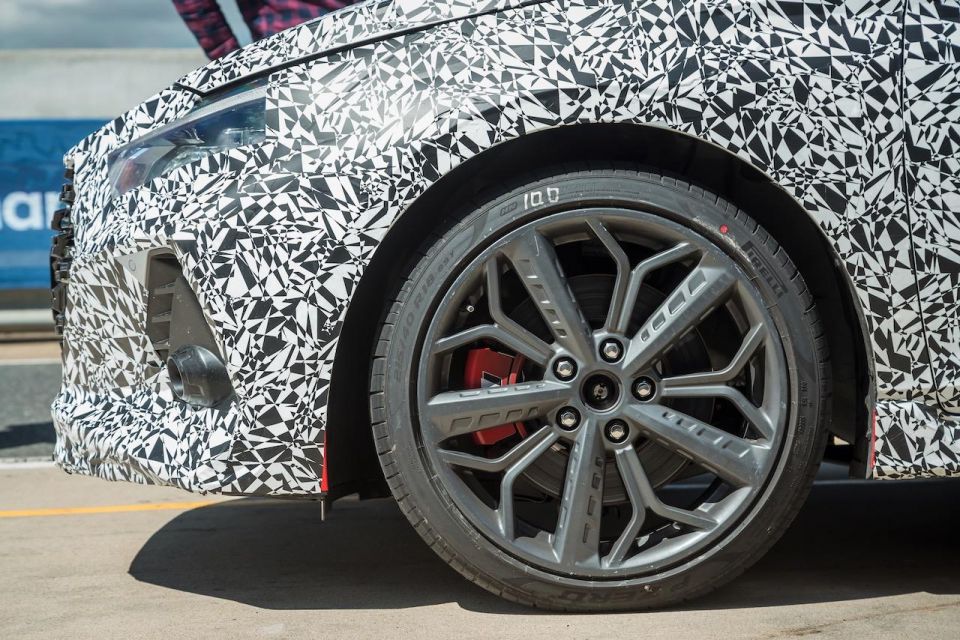

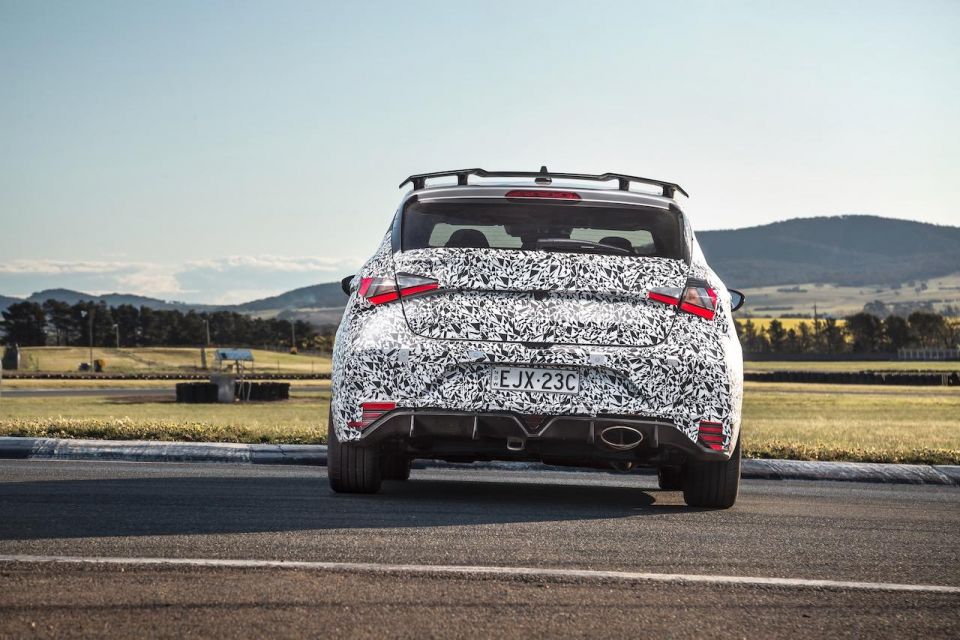

Don’t mind the bumps on parts of this track, they don’t seem to unsettle the car – and that goes for the kerbs, too. I’m deliberately using a couple of them and the compliance is negating any nasty side effects.
Moreover, it’s such an easy car to drive. It’s hard to decide which car I prefer on track, but I can tell you I’m leaning towards the little fella.
Biermann is right, it’s not about 0-100km/h times – it about how much fun it is behind the wheel and this thing has got that down in spades.
Where expert car reviews meet expert car buying – CarExpert gives you trusted advice, personalised service and real savings on your next new car.
Anthony Crawford is a CarExpert co-founder and senior presenter with 20+years in automotive journalism and content creation.


Matt Campbell
2 Hours Ago
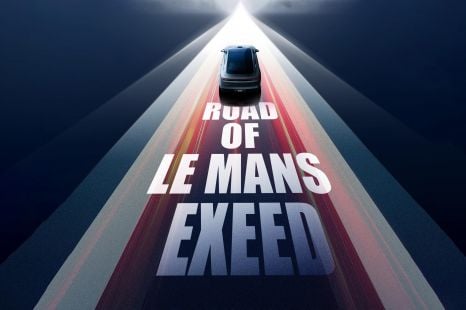

Andrew Maclean
9 Hours Ago


Max Davies
9 Hours Ago


Max Davies
9 Hours Ago
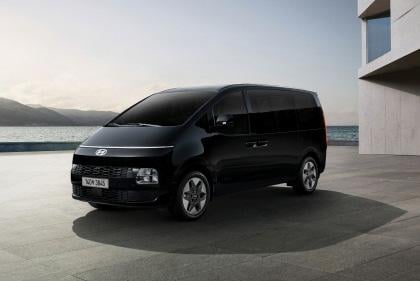

Damion Smy
11 Hours Ago
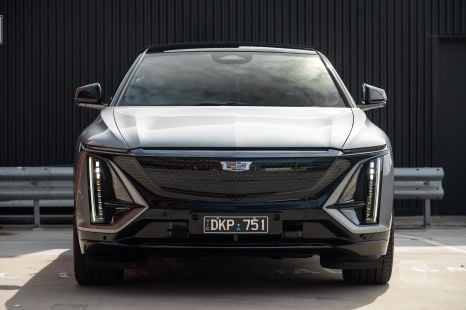

William Stopford
15 Hours Ago